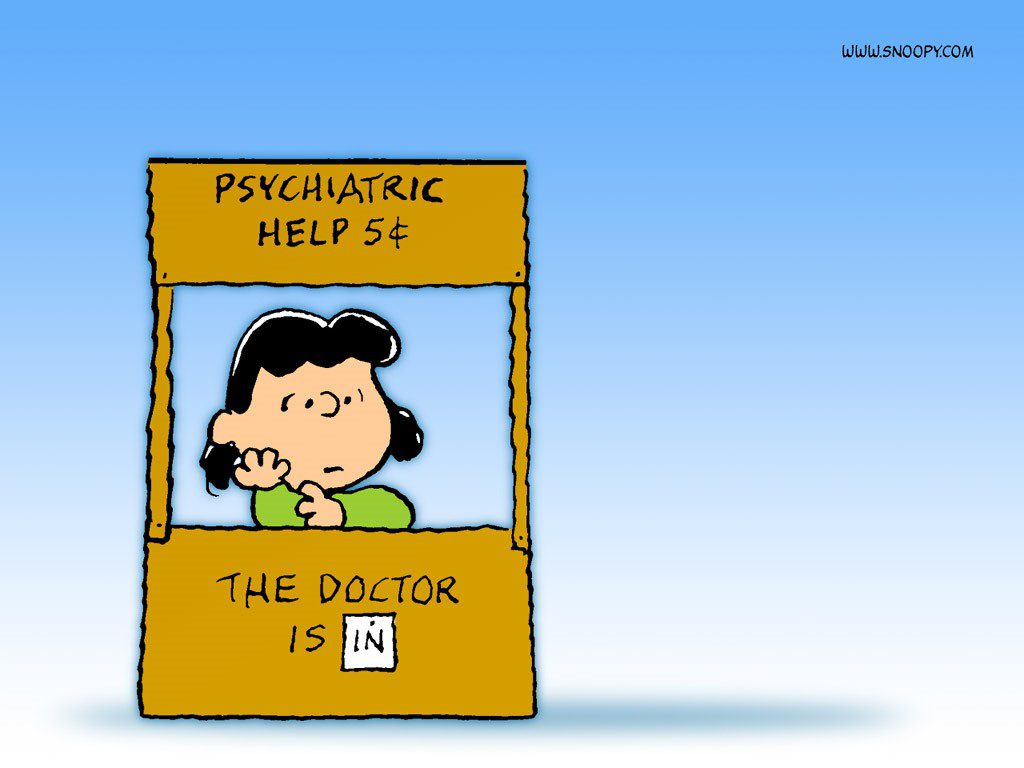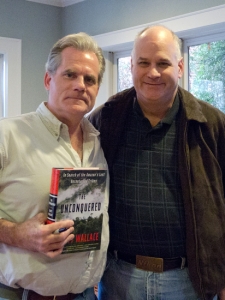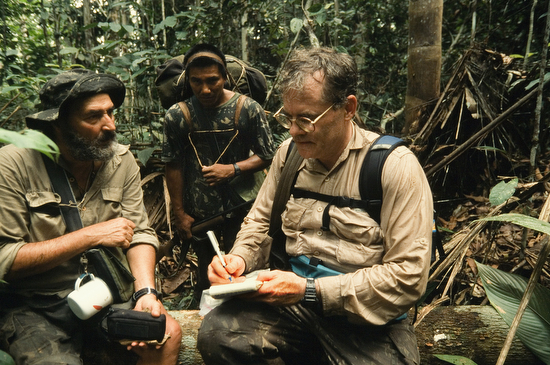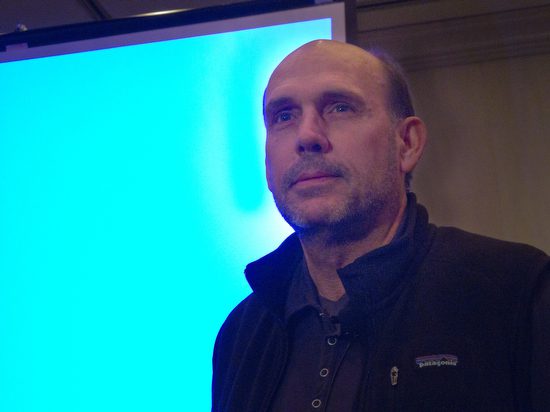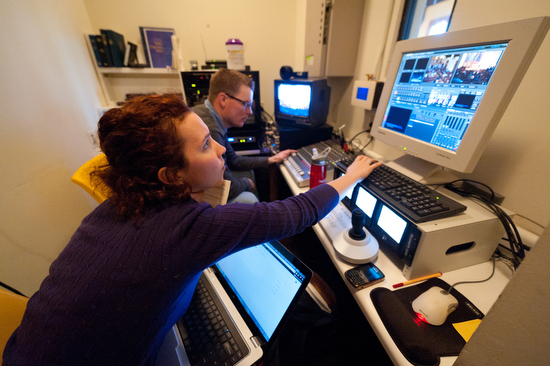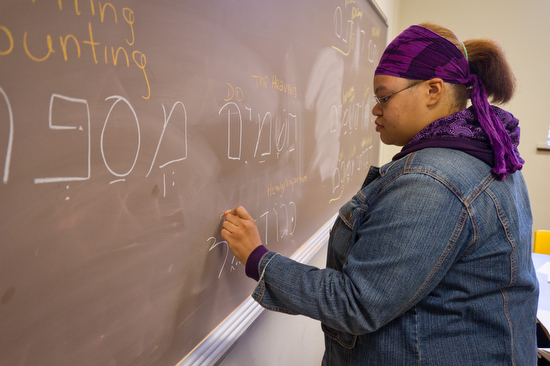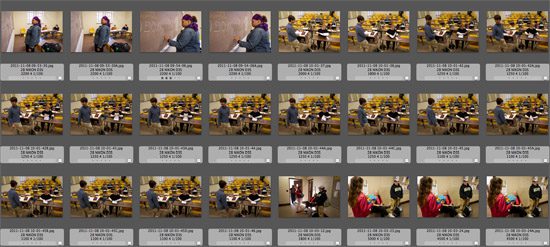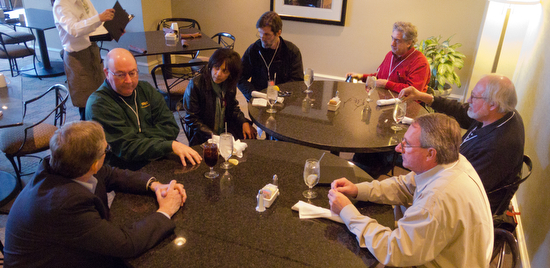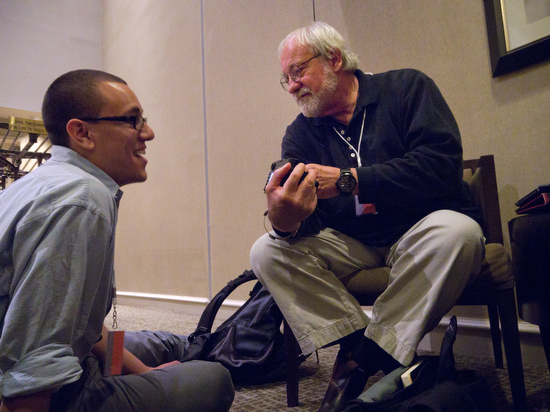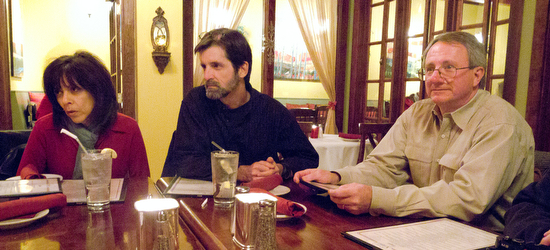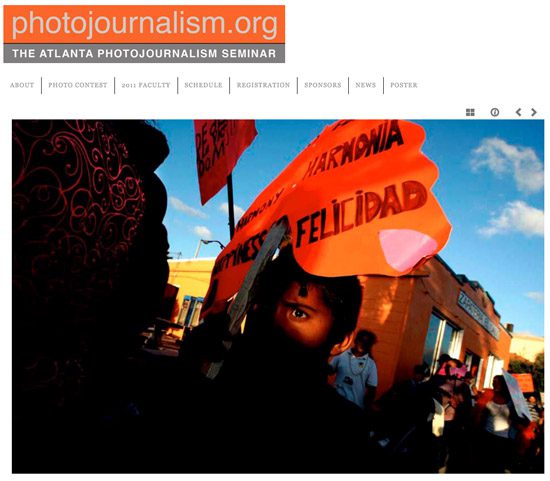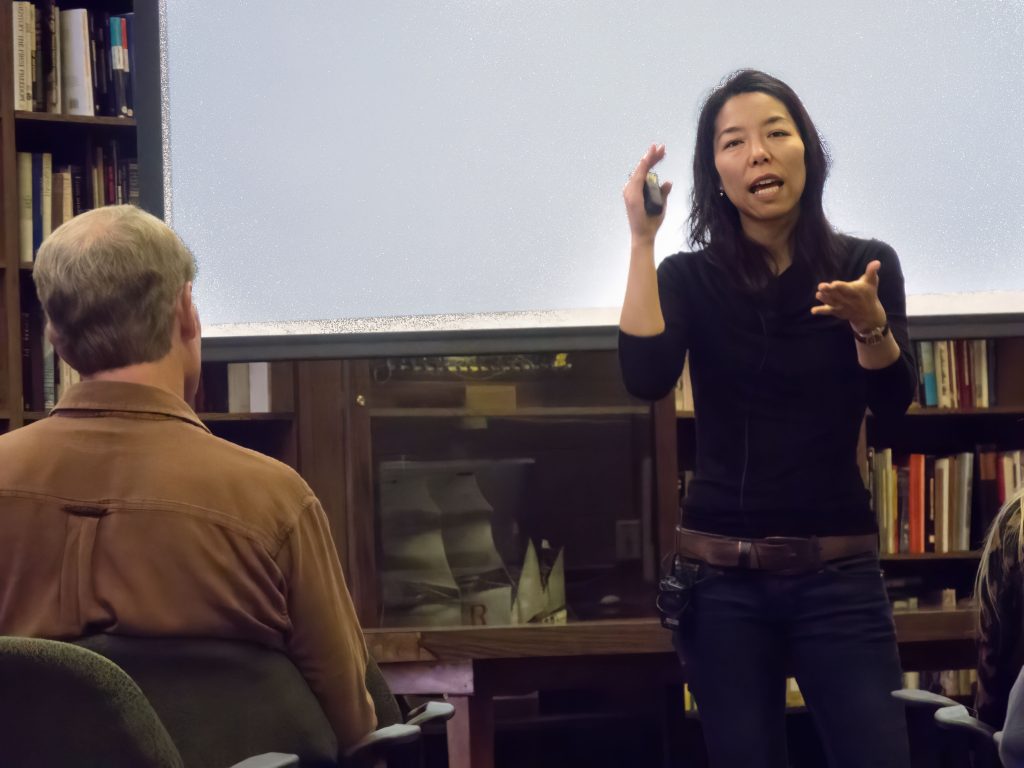I feel like Lucy from Peanuts is writing this blog. Just like Lucy, I am sharing what works for me.
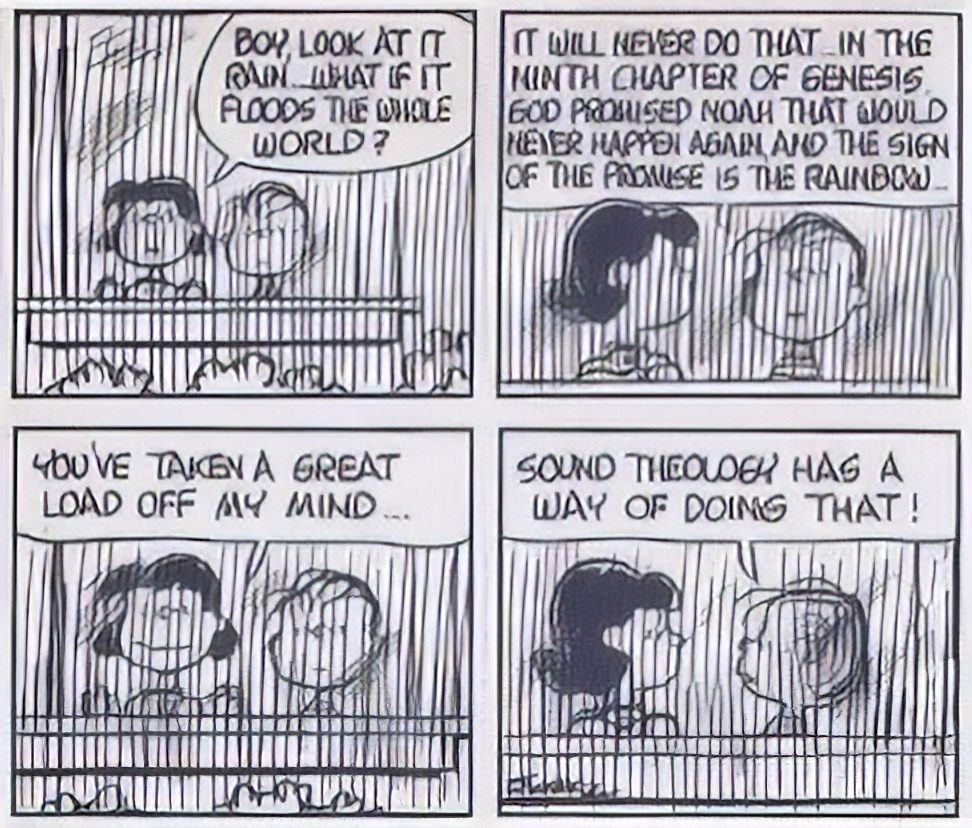
Everyone knows about the holiday blues. Creative professionals can feel them because we are trained to tap into our emotions to create.
Since you are always trying to communicate to audiences on emotional levels, you might find yourself feeling a little bipolar. I know I go through this a great deal.
Here are some things that can trigger these blues:
- Pressure to feel merry – People invite you to parties, and decorations are going up around you. You can get confused when the disparity between what you think others expect you to feel and how you feel. This can be like throwing gasoline on a fire.
- Missing loved ones – This is the time of year we remember our family and friends who are no longer with us. The holidays’ decorations, sounds, and smells are potent triggers for our brains. But, unfortunately, this feeling of loss can spoil even the most extraordinary event.
- Loneliness – If you don’t have a significant other, this can be a challenging time of year.
- Financial Hardship – This is the season of giving, and when you don’t have the finances to give, this can bring depression. You might feel like you are on the outside looking in on the holidays.
- Lack of sunlight – Some people are affected by the lack of daylight. This is a seasonal affective disorder.
- Not much is booked on the calendar – This kind of goes with the financial hardship, but I find this affects me the most.
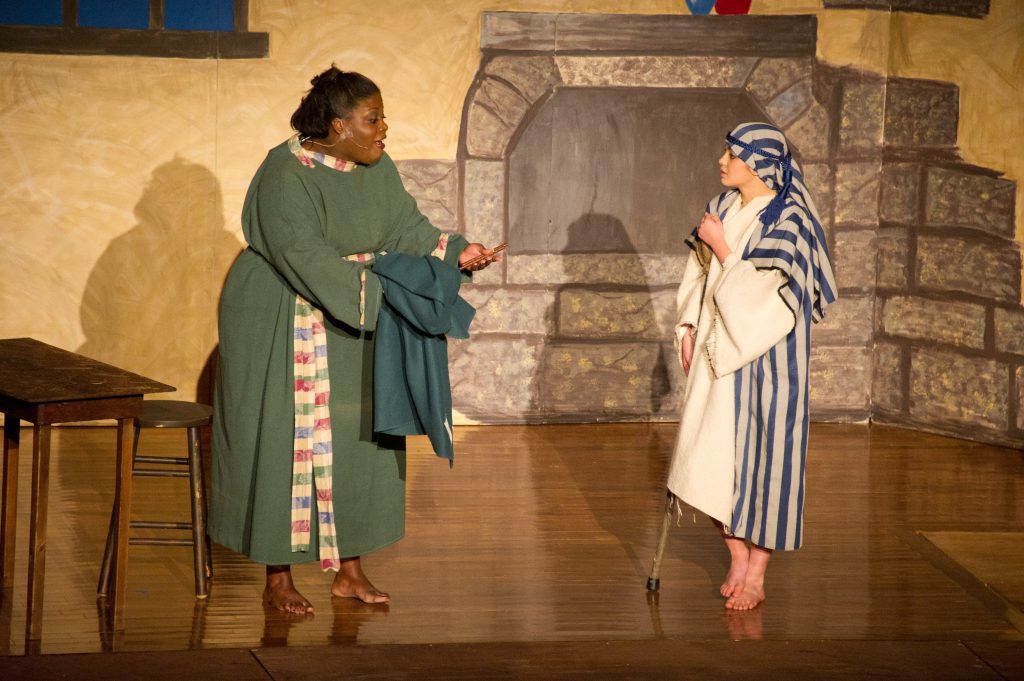
First, you need to realize you are not the only one who goes through this. Many of us do. Here are some ways I deal with the holidays’ blues and the rest of the year. I can go into a funk and feel depressed.
- Acknowledge you feel depressed – Sometimes, it is perfectly OK to be bummed out. This is why we appreciate those good times. However, we know life has its ebbs and flows.
- Sunshine helps – Get outside in the sun for about 20 minutes a day. It will release endorphins that can help fight depression.
- Pay it forward – Volunteer in some way to help others. For example, Jeremy Cowart came up with the “Help Portrait Project,” which gives back to those who cannot afford a photograph. I think one of the big reasons it has spread like wildfire is so many photographers seek a way to use their talents, and this helps the photographers as much as those who have a professional photo made.
- Fill your calendar – Put some fun events on your chosen calendar. But, unfortunately, too much time alone will bring you to that familiar depressing spot.
These are tips you will see many different places. However, the one thing that has helped the most in my life is keeping a journal. Sure my journal has recordings of depressing times in my life, but it also has many good times for me to remember.
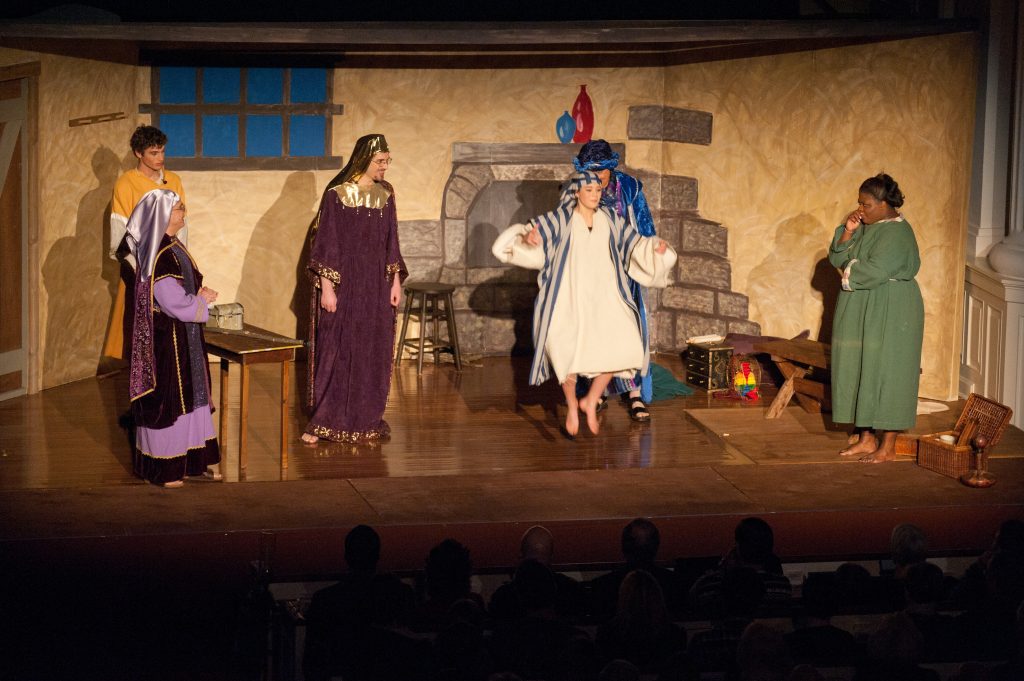
Count your Blessings – Even if you don’t have a journal of things to help jog your memory, there are always things to see as positives, no matter how bad it is.
I remember going through the following:
- a divorce;
- being laid off;
- being fired;
- losing family and friends
I also am so very thankful for the following:
- my wife;
- my step-sons and my daughter;
- a lovely home;
- friends;
- my parents;
- my sisters and their families;
- I have jobs and fun on my calendar.
I can honestly tell you that all those blessings have not been enough sometimes for me. The one thing that has sustained me more than anything else has been my God. It is faith that has gotten me through the toughest of times.
“Hope is the Assurance we have of victory in the future, Based on evidence from the past, the first Easter, which gives us confidence and strength in the present.”
– Dr. Lane Alderman, pastor of Roswell Presbyterian Church

